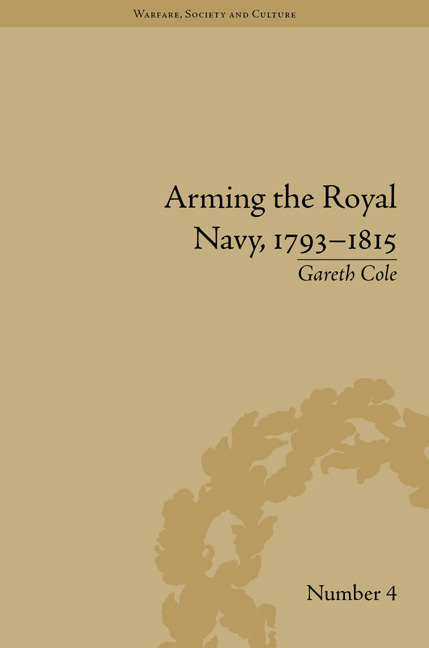Book contents
- Frontmatter
- CONTENTS
- Acknowledgements
- List of Figures and Tables
- Introduction
- 1 The Office of Ordnance and Its Mode of Operation
- 2 Ordnance Relationships with Other Government Departments
- 3 Relations between the Ordnance and Its Contractors
- 4 The Supply of Gunpowder to the Royal Navy
- 5 The Supply of Iron Ordnance to the Royal Navy
- 6 Ordnance Shipping
- 7 The Operations of the Ordnance Outports
- Conclusion
- Notes
- Works Cited
- Index
6 - Ordnance Shipping
- Frontmatter
- CONTENTS
- Acknowledgements
- List of Figures and Tables
- Introduction
- 1 The Office of Ordnance and Its Mode of Operation
- 2 Ordnance Relationships with Other Government Departments
- 3 Relations between the Ordnance and Its Contractors
- 4 The Supply of Gunpowder to the Royal Navy
- 5 The Supply of Iron Ordnance to the Royal Navy
- 6 Ordnance Shipping
- 7 The Operations of the Ordnance Outports
- Conclusion
- Notes
- Works Cited
- Index
Summary
With the formation of the Transport Board in 1794 most of the responsibility for hiring shipping was taken away from the Office of Ordnance. However, one important area remained within the purview of the office. This was the hiring of coastal shipping. Included within this area were vessels which were expected to transport Ordnance stores from Woolwich to the outports; the movement of stores between outports and other outstations; and the hiring of hoys, barges and so on that were used at the outports, Ordnance depots and the manufactories.
David Syrett has shown how in the American War the different government departments outbid each other in attempts to hire their own shipping. It was the attempt to eliminate this problem that the Transport Board was formed. Mary Condon has shown how this system worked during the Great Wars. These works are very superficial on the supply of shipping for Ordnance purposes, although Syrett has also written about how the Ordnance hired transports during the Seven Years’ War.
Administrative Structure
The administrative structure of the supply of shipping was rationalized during the Great Wars. At their commencement there were two men with this responsibility. Firstly, there was Richard Webb who was the Purveyor of Shipping until his superannuation in 1803. Secondly, there was Thomas Dickinson the Superintendent of Ordnance Shipping during the whole of the conflict.
- Type
- Chapter
- Information
- Arming the Royal Navy, 1793–1815The Office of Ordnance and the State, pp. 105 - 114Publisher: Pickering & ChattoFirst published in: 2014



